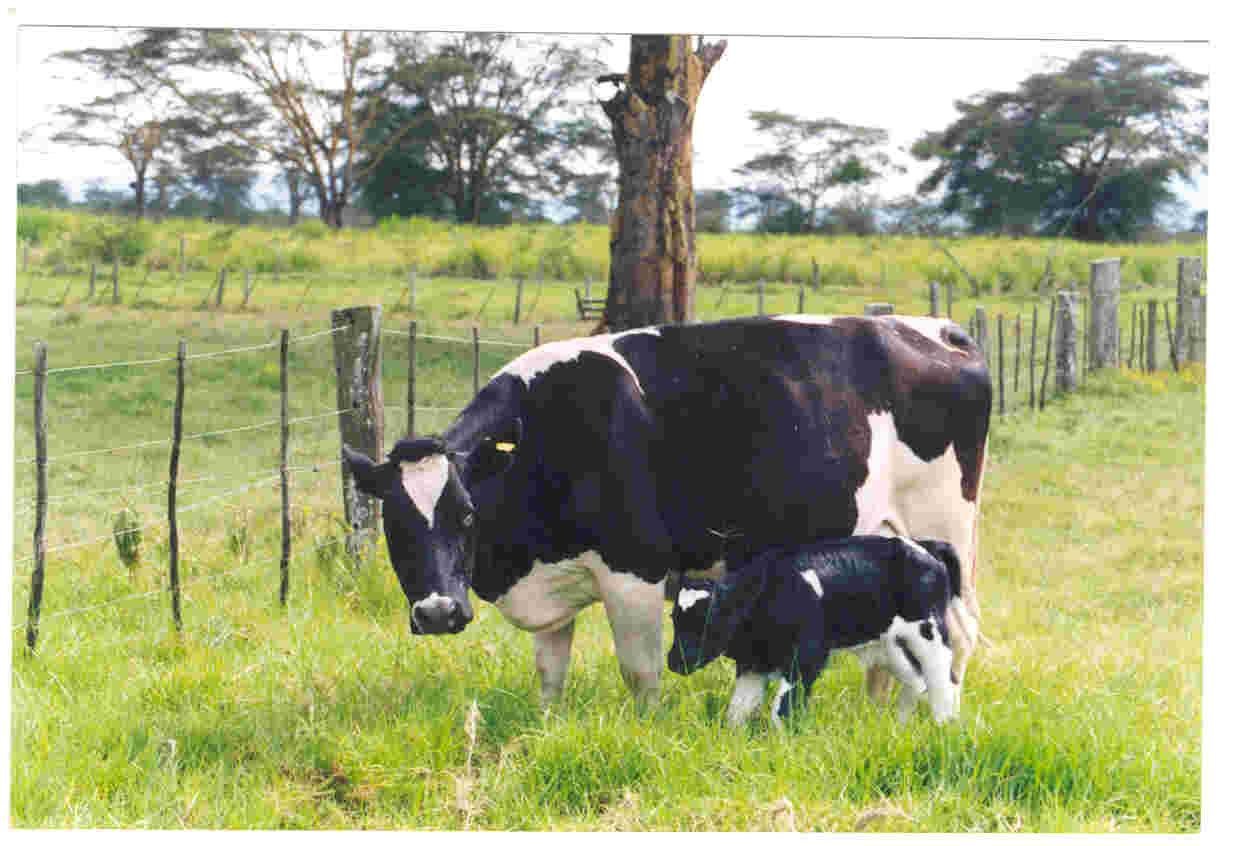
By George Munene
A cow’s temperament might seem like a superficial concern, but in the dairy business, where every slight increase in production and shaved off expense counts, it’s crucial in ensuring you get just a bit more from your milking herd without incurring extra costs.
A docile milking cow that takes in instructions easily is a godsend for any milker. Besides the ease of milking, there’s a scientific basis to preferring a humble over an aggressive, temperamental cow. As with humans, when a cow is frightened or agitated adrenaline is released to activate a fight or flight response. For a Maasai herder on the plains, an aggressive cow would be preferable; it can more readily to fight off a wild animal that attacks its calf. But cows under intensive production systems don’t have such worries. And adrenaline counteracts oxytocin – the hormone that improves milk let down. If you have an easily spooked cow that fusses every time it’s milked, and even has to be restrained, it won’t give you milk to its full potential.
Related News:Farmers suffer milk collapse on changing cows’ environment
Related News:Salt supplements prevent milk fever, retained placenta and downer cow disease in cows after giving birth
Another behavioural trait important to dairy cow keeping is the ease of settling down in the shed after calving. This is especially important in milk production; there are everyday marginal losses to the farmer until the cow can eat normally and be milked with ease. A good cow should take a couple of days to settle, but some take months. First-time mothers, having never been milked, will naturally take longer to adapt.
The speed of milk let down also varies with different cows. This leads to incomplete milking, depriving the farmer of the full profits from his cow. It can also cause infections to the teets, known as mastitis.
Overall, oxytocin production lasts for about seven minutes, and you should be ought done milking within this time.
In large-scale, synchronised milking systems, such as the Herringbone and rotary platforms, cows that take longer than six minutes to be fully milked are culled.
Related News:Murang’a farmer feeds cows with yeast, improves milk production by up to three litres a day
An ideal milking cow should also be adaptable to different feeding and milking systems. If a cow’s milk production drops from a high of 25 to half that it should take about three days to adapt to being milked once a day. But milking a cow producing less than 15 liters daily is a waste of resources. While the pain of getting used to new feeds is to be expected, the cow shouldn’t exceed a couple of weeks before being accustomed to a change in diet.
A good cow should also have good mothering abilities. This is exhibited in showing affection for its calf after birth, e.g. through licking the ‘mucus’ off it, and has a correlation to colostrum production. Colostrum is vital in the first 36 hours of a calf’s life in determining its chances of survival as well as how healthy and productive it grows to be.